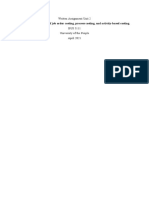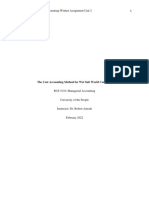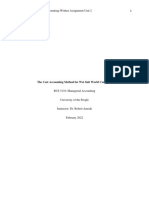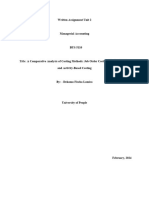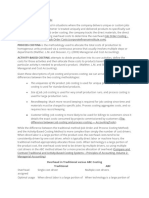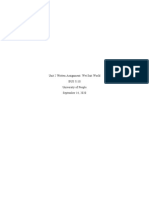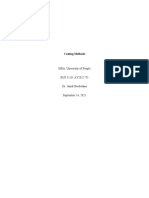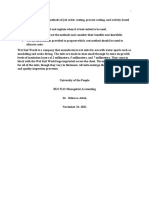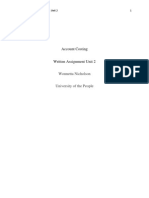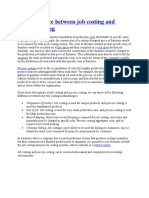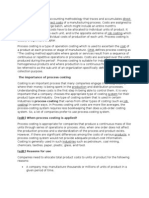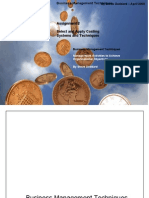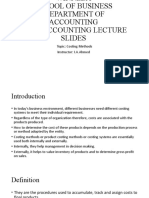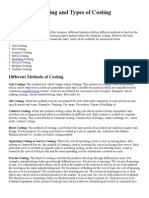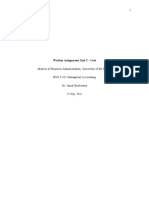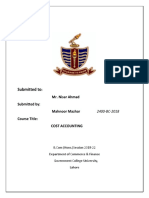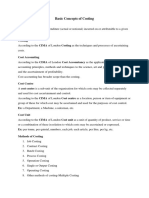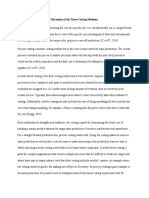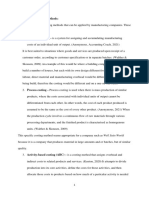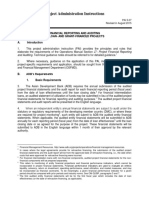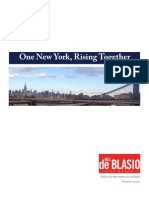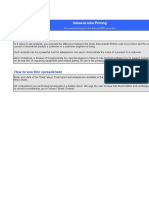0% found this document useful (0 votes)
35 views4 pagesUnit 2 Written Assignment
The document discusses three costing methods: Job Order Costing, Process Costing, and Activity Based Costing, highlighting their definitions, benefits, and drawbacks. Job Order Costing is suitable for heterogeneous products, Process Costing for homogeneous products in continuous processes, and Activity Based Costing for complex environments. The conclusion suggests that Process Costing is the best method for Wet Suit World due to its suitability for producing homogenous products.
Uploaded by
Michael AboelkhairCopyright
© © All Rights Reserved
We take content rights seriously. If you suspect this is your content, claim it here.
Available Formats
Download as DOCX, PDF, TXT or read online on Scribd
0% found this document useful (0 votes)
35 views4 pagesUnit 2 Written Assignment
The document discusses three costing methods: Job Order Costing, Process Costing, and Activity Based Costing, highlighting their definitions, benefits, and drawbacks. Job Order Costing is suitable for heterogeneous products, Process Costing for homogeneous products in continuous processes, and Activity Based Costing for complex environments. The conclusion suggests that Process Costing is the best method for Wet Suit World due to its suitability for producing homogenous products.
Uploaded by
Michael AboelkhairCopyright
© © All Rights Reserved
We take content rights seriously. If you suspect this is your content, claim it here.
Available Formats
Download as DOCX, PDF, TXT or read online on Scribd
/ 4
